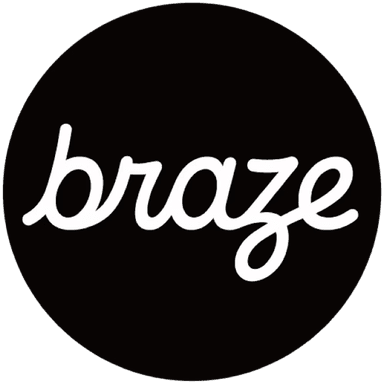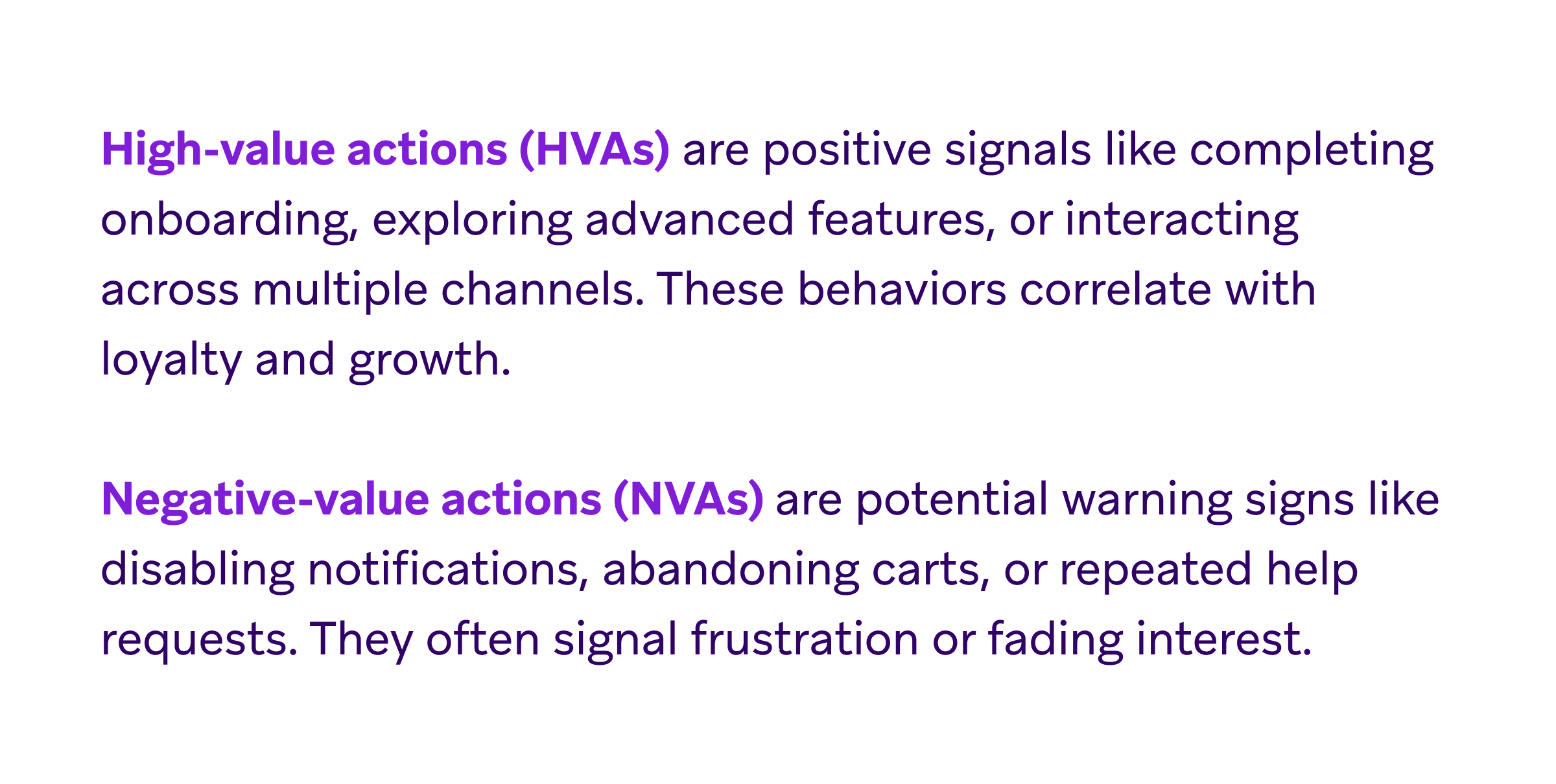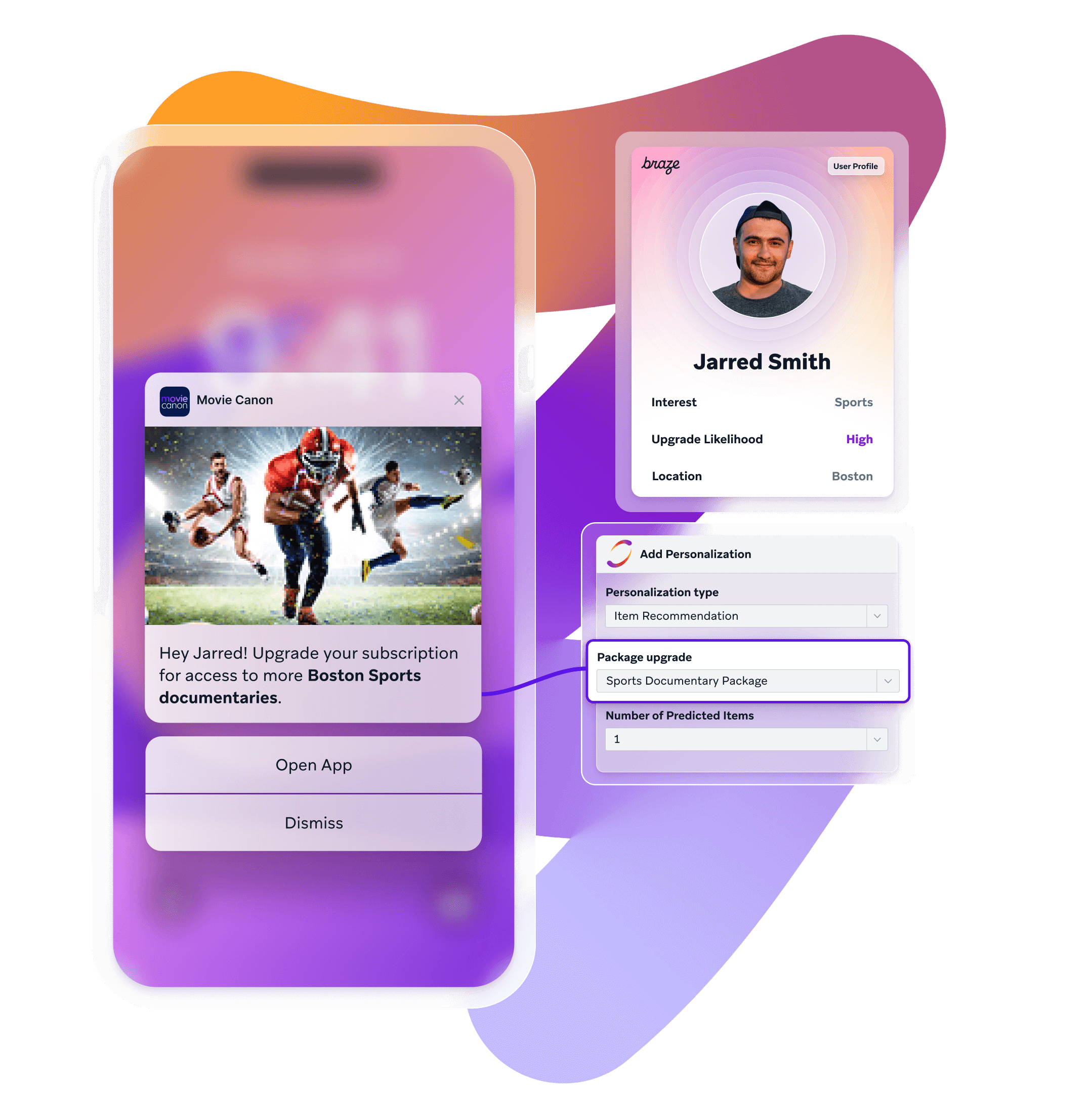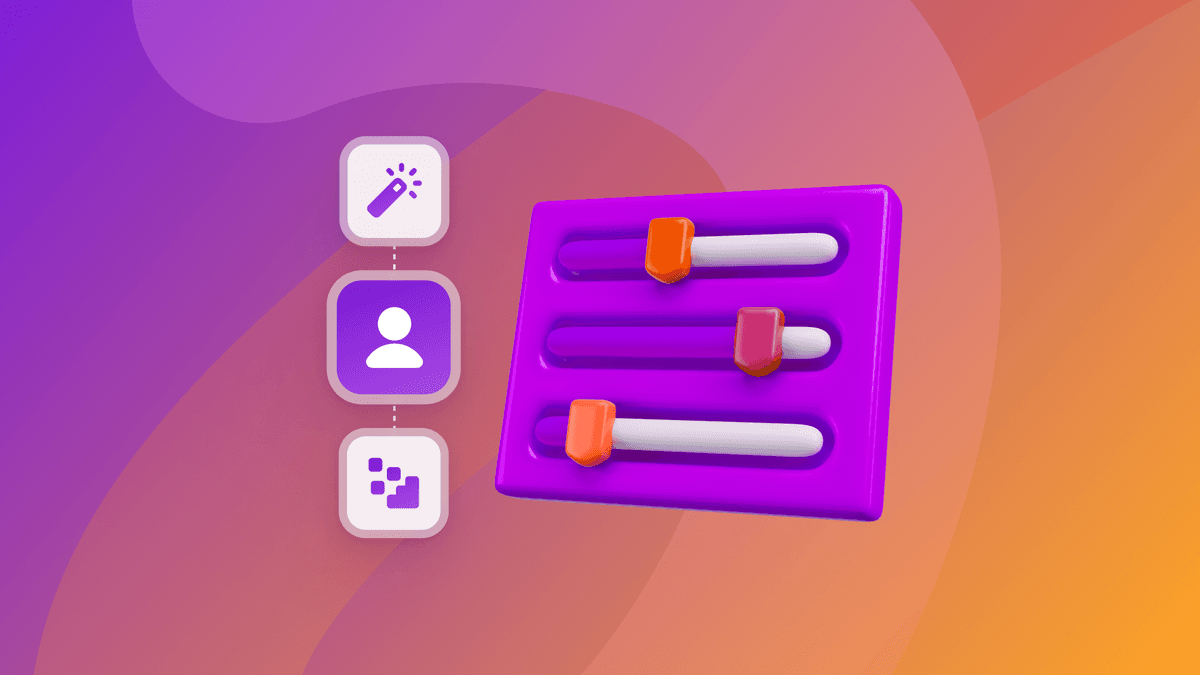Digital body language: The startup growth multiplier
Published on November 28, 2025/Last edited on November 28, 2025/4 min read


Team Braze
Every business wants to understand its customers better. But direct feedback like surveys, reviews, or interviews can only go so far. What customers do often reveals more than what they say.
Every click, scroll, and pause tells a story. When customers linger on a page or abandon a cart, they’re communicating something about their experience, like interest, confusion, hesitation, or intent. Marketers have started referring to these behavioral signals as “digital body language,” a way to understand customers through action, not just words.
For startups, this kind of insight is especially valuable. Without large research teams or dedicated analytics resources, startups need fast, reliable ways to understand what’s working and what’s not. Learning to read these behavioral cues turns everyday engagement data into actionable intelligence—helping teams refine products, reduce churn, and deliver experiences that feel intuitive and personal.

Why digital behavior deserves attention
In today’s competitive environment, startups need every possible edge. Yet few have the time or resources to gather deep customer feedback. Digital body language helps to fill that gap.
By analyzing behaviors across channels, businesses can uncover trends and intent that would otherwise remain invisible. For example:
- Website navigation shows what captures interest and where visitors drop off.
- Email engagement highlights which topics and send times resonate most.
- Mobile and in-app activity reveals how people actually use your product or service.
- Social interactions and support requests surface sentiment and common questions in real time.
Together, these signals provide a continuous feedback loop that’s faster and often more honest than formal research.
How to collect and interpret digital body language
Digital body language exists in every customer touchpoint. The key is viewing it as a conversation, not just a dataset.
Start by tracking where engagement happens most consistently—your website, app, or email campaigns. Then observe how people move through those experiences.
For example:
- If users linger on a pricing page, they may be weighing options.
- If they drop off during onboarding, something may be confusing.
- If they engage repeatedly with educational content, they may be ready to deepen their relationship with your brand.
If your team is new to this kind of analysis, start small. Focus on one or two key journeys that matter most to your business, like onboarding completion or repeat purchase rate. Once you understand those patterns, you can expand to other channels with confidence.
From observation to insight
Once you start listening, the next step is prioritizing what matters most. Not every behavior carries the same meaning.

Mapping these behaviors helps you focus where action will have the greatest impact.
For instance, imagine a subscription coffee brand that notices customers canceling after their first order. A closer look at digital body language shows that most cancellations happen after a delivery reminder email. By adjusting the timing and adding a “pause subscription” option, retention improves.
This cycle of observation, interpretation, and response transforms engagement from reactive to proactive. Ultimately, this builds trust with the customer and improves performance over time.
How Braze helps you act on what you learn
Understanding digital body language is powerful. Acting on it quickly is what creates growth.
Braze helps startups collect and take action on any amount of data from any source, so they can creatively engage with customers in real time, across channels from one platform. This unified perspective makes it easier to see behavior in context and respond with relevance.
Braze reporting and analytics capabilities illuminate patterns that drive or hinder engagement, while BrazeAI™ helps teams act on those insights by:
- Identifying and targeting customers based on custom predictions to shape future engagement

- Providing actionable recommendations, intelligent analytics, and smart segmentation, so teams can make better decisions on the fly

- Uncovering what clicks with customers faster—so brands can test more, guess less, and keep innovating without the wasted effort

With these tools, startups can interpret digital body language at scale and respond in the moment—turning insight into meaningful, timely connection.
Final thoughts
Your customers are communicating all the time through every tap, pause, and decision. When startups learn to read those signals, they gain continuous insight into what drives engagement and what holds it back.
The payoff is clarity: marketing that adapts faster, experiences that feel more personal, and relationships that last.
With Braze, startups can turn everyday behavior into understanding. Digital body language becomes a tool for anticipating needs, building trust, and driving sustainable growth.
Be Absolutely Engaging.™
Sign up for regular updates from Braze.
Related Content
View the Blog
How behavioral marketing turns data into personalized experiences

Team Braze

Experience optimization: Turning data insights into better journeys

Team Braze

December 2025 Bonfire Marketer of the Month: Jagex’s Emma Oliver
